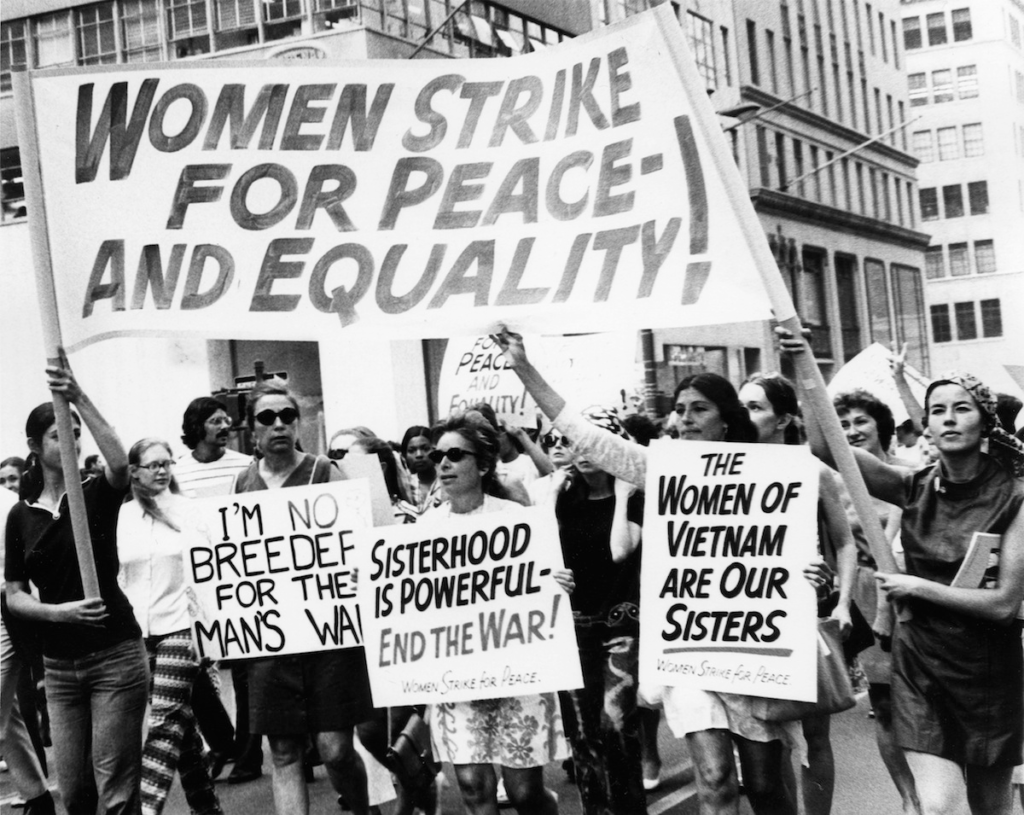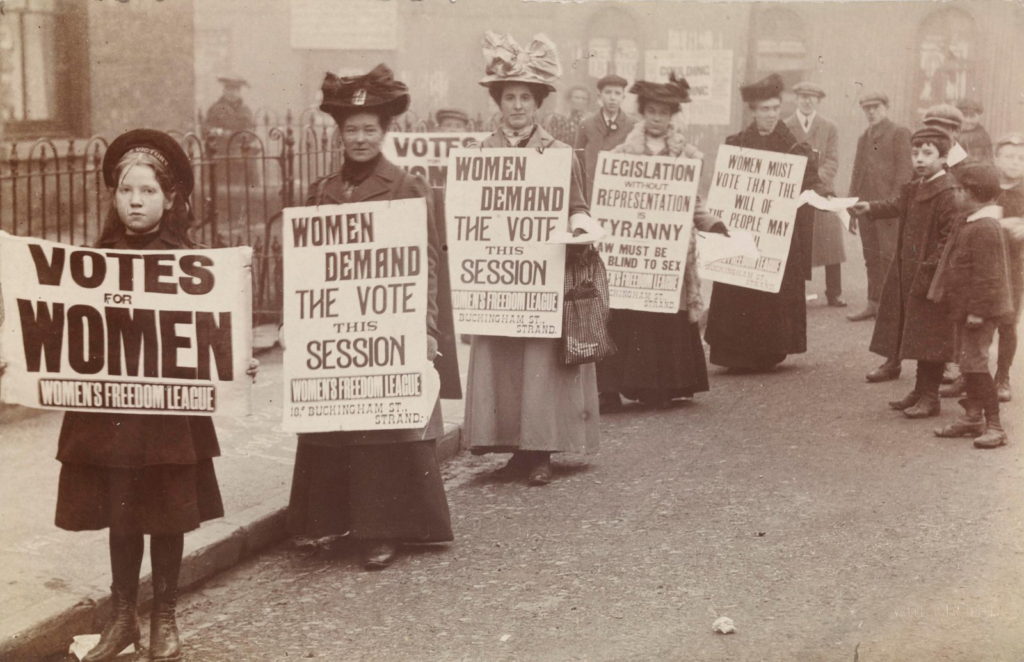Definitions
Identity politics is a political approach wherein people of a particular race, nationality, religion, gender, sexual orientation, social background, social class, or other identifying factors develop political agendas that are based upon these identities.
A culture war is a cultural conflict between social groups and the struggle for dominance of their values, beliefs, and practices. It commonly refers to topics on which there is general societal disagreement and polarization in societal values.
Essay
Identity politics and culture wars are both very important aspects of our current society. Despite these both being quite controversial topics, especially in right- wing societies with conservative views, I personally believe that they are vital aspects of helping our world reach equality and freedom. Identity politics is simply an approach that allows people to freely express who they really are, and although there will always be extremists, people who disagree with our world developing in a positive way (such as abolishing constricting laws to do with abortion and non- heterosexual marriage) need to be educated, especially since the majority tends to have opinions of issues that don’t involve them. Like I mentioned, extremists (in culture wars) are a problem and shouldn’t deal with issues in the way they do, however I believe many people base their opinions solely on extreme instances which can be very inaccurate. Moreover, many view culture wars as a way of dividing societies and when protests and other forms of conflicts begin to create problems such as vandalism and violence, I can understand how some may view certain aspects of culture wars as negative. Acts like this create a bad name for something that should result in positive change and a better life for minorities. However, educated people will look past this, seeing the true desired outcome. Moreover, I find it difficult to understand how people can have opinions about issues that don’t include them, for example cisgender people refusing to support the idea of transgender rights, even through it doesn’t affect them. This selfish ideology is what leads to these culture wars, as if these limited and closed minded opinions is what discourages people from being who they truly are and prevents the world from being equal.

One of the most known culture wars is the Women’s Right Movement in America, a culture war which resulted in more equality between men and woman (at least in America). The 1848 Seneca Falls Woman’s Rights Convention marked the beginning of the women’s rights movement in the United States. Over time, the women’s right movement grew into a cohesive network of individuals who were committed to changing society.

Many still have negative views on feminism to this day, not viewing it as equality but as women attempting to rise above men. The Suffragettes were part of the ‘Votes for Women’ campaign that had long fought for the right of women to vote in the UK. This was one of the first movements that provoked negative reactions to the idea of women gaining equality and not being lesser than men. This was due to them using art, debate, propaganda, and attack on property including window smashing and arson to fight for female suffrage, which many people, including women who disagreed with women being equal to men. In my opinion, the vandalism that the Suffragettes caused was completely justified, as it seemed as through nothing else could provoke change to happen.











